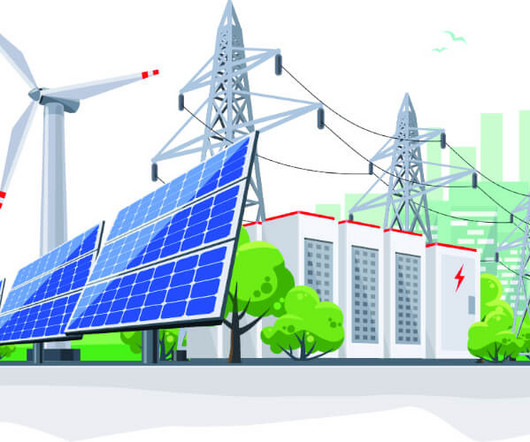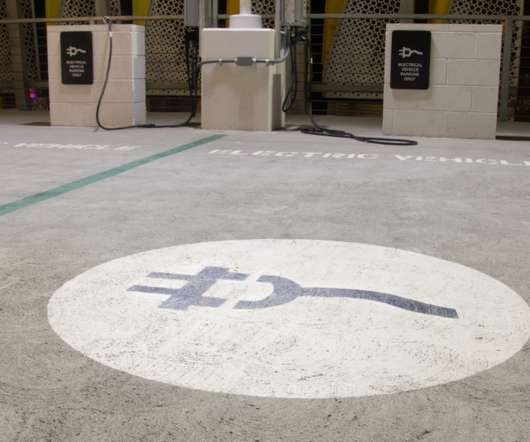What is Renewable energy integration, challenges, why it is needed
Baua Electric
DECEMBER 31, 2023
Renewable energy integration refers to the process of efficiently incorporating renewable energy sources into existing energy systems. Key aspects of renewable energy integration include: Grid Integration: Connecting renewable energy sources to the electrical grid is a critical component of integration.






















Let's personalize your content